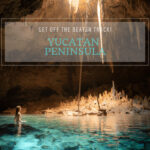Mexico City conjures a unique blend of vibrant style, outstanding gastronomy, rich history, and bustling streets. Post-pandemic, this energy has amplified, with new museums showcasing Mexican art, a diverse culinary scene, and a burgeoning fashion scene emphasizing artisanal craftsmanship. Here, you can shop for leather bags and ponchos, sample craft beers, and join jazz aficionados in cozy clubs. Amidst the vibrant atmosphere, the secrets of the Centro Histórico are worth uncovering, where travelers can discover hidden murals, explore labyrinthine ancient markets, and immerse themselves in the city’s layers and contradictions. If you’re wondering about the best time to experience all this, planning your trip around the ideal weather in Mexico City can greatly enhance your visit. This 36-hour guide will help you make the most of your time in Mexico City, ensuring you experience the best the city offers, no matter what time of year you decide to visit.
Recommendations
Key Sites
Restaurants and Bars
Shops and Shopping
Museums and Attractions
Where to Stay
Itinerary
Friday
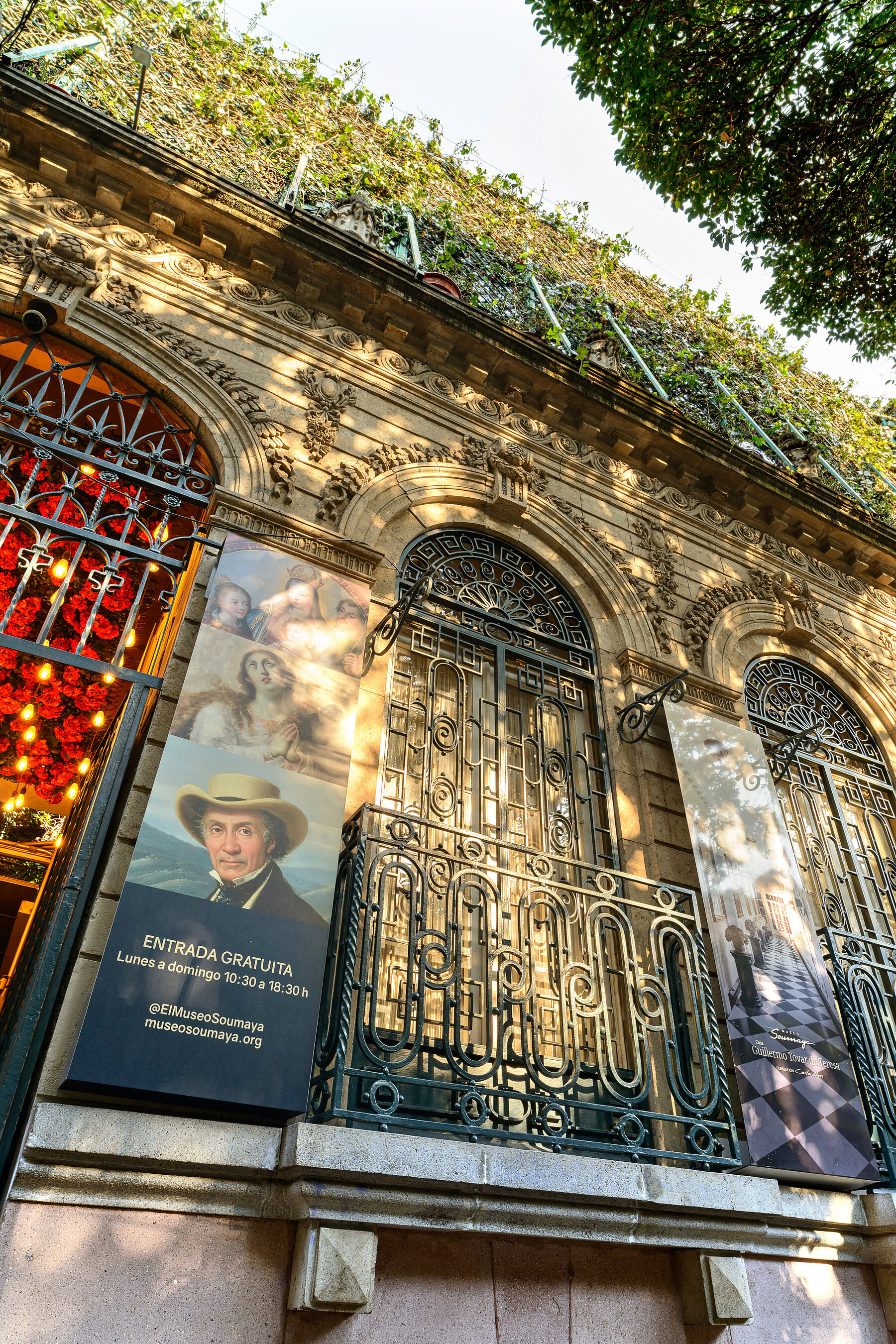 Guillermo Tovar de Teresa Mansion Museum in Roma Norte, Mexico City
Guillermo Tovar de Teresa Mansion Museum in Roma Norte, Mexico City
3:00 PM: Step Back in Time
Guillermo Tovar de Teresa, a self-taught historian, brilliantly wrote about Mexican art from the colonial and 19th-century periods. His meticulously restored 1911 mansion in the Roma neighborhood has been transformed into a museum showcasing pieces from his art, furniture, ceramics, and book collections. Many rooms remain as he decorated them before his death in 2013, filled with portraits of Mexico’s newly independent bourgeoisie, devotional paintings illustrating the exuberance of New Spain’s religiosity, and elaborate marquetry furniture. A magnificent crystal mirror reflects the entrance hall, antique ironwork adorns the bedroom, and Mexican landscapes by the 19th-century British painter Daniel Thomas Egerton line the patio hallway. Admission is free, offering a delightful glimpse into a bygone era of Mexico City, regardless of the current time in Mexico City.
 Guillermo Tovar de Teresa Mansion Museum in Roma Norte, Mexico City
Guillermo Tovar de Teresa Mansion Museum in Roma Norte, Mexico City
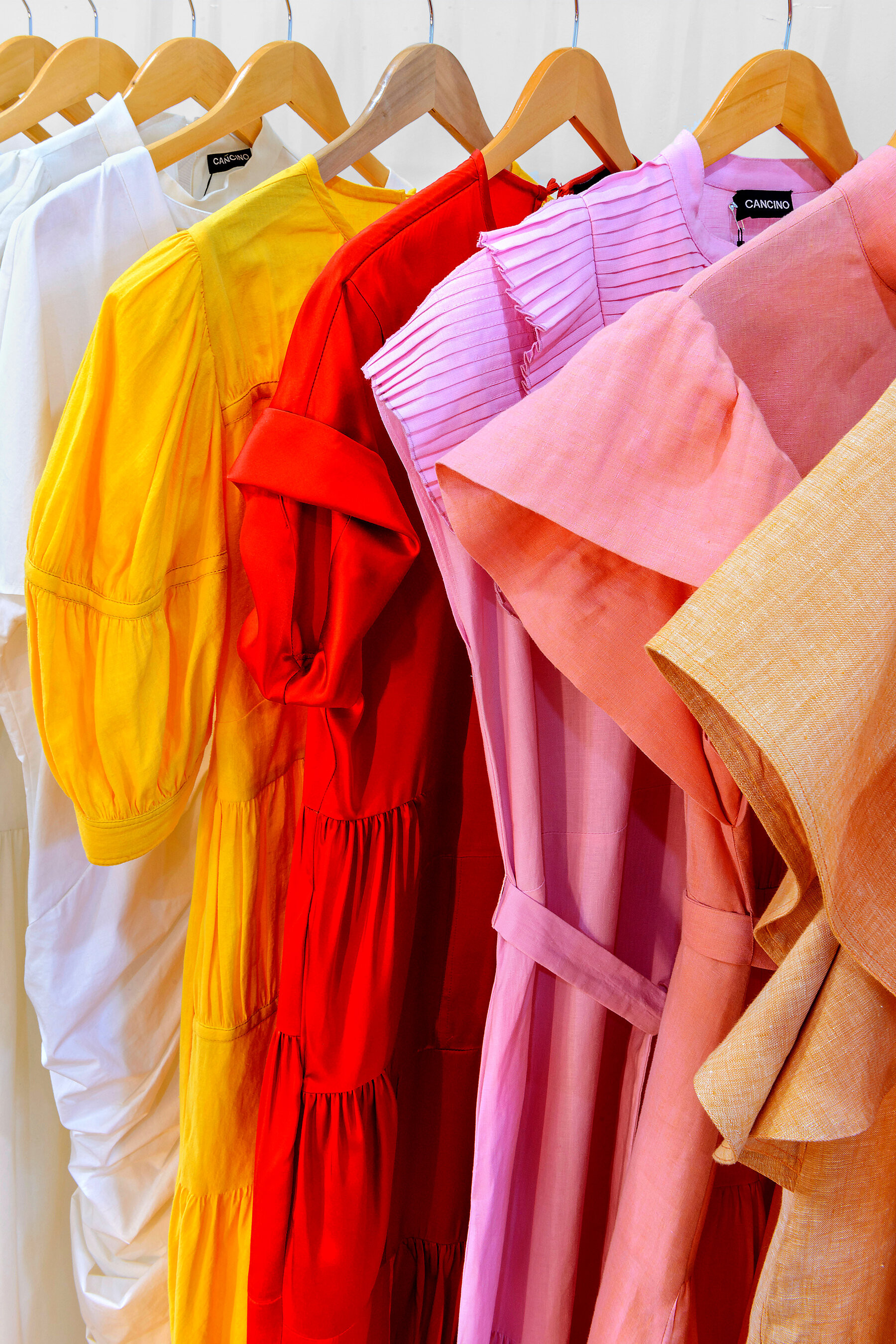 Fashion designer Francisco Cancino in his boutique in Colonia Juarez, Mexico City.
Fashion designer Francisco Cancino in his boutique in Colonia Juarez, Mexico City.
4:30 PM: Shop Local Designs
Emerging Mexico City-based designers draw inspiration from the country’s imagery and architectural forms, emphasizing sustainability and fair prices for artisans. Boutiques selling local fashion are mainly found in the Juárez neighborhood along the quiet streets of Marsella and Havre. Two designers, Francisco Cancino and Cynthia Buttenklepper, have opened their flagship stores here, adapting traditional silhouettes and textiles in vibrant Mexican colors. Cancino’s linen dresses start at around 4,300 pesos (about $222 USD), and Buttenklepper’s leather ponchos are priced around 11,000 pesos. Mr. Fox sells elegant leather bags (large bags are 3,700 pesos) and accessories. At Vera, you’ll find classic Mexican weaving and embroidery techniques updated in a cheerful collection of crop tops, dresses, and bags. Nothing is sacred in JPEG’s irreverent designs, not even the Virgin of Guadalupe, whose image is stamped on their T-shirts. These shops offer unique finds, making it worth checking the opening hours in Mexico City to plan your shopping trip.
 Fashion designer Francisco Cancino in his boutique in Colonia Juarez, Mexico City.
Fashion designer Francisco Cancino in his boutique in Colonia Juarez, Mexico City.
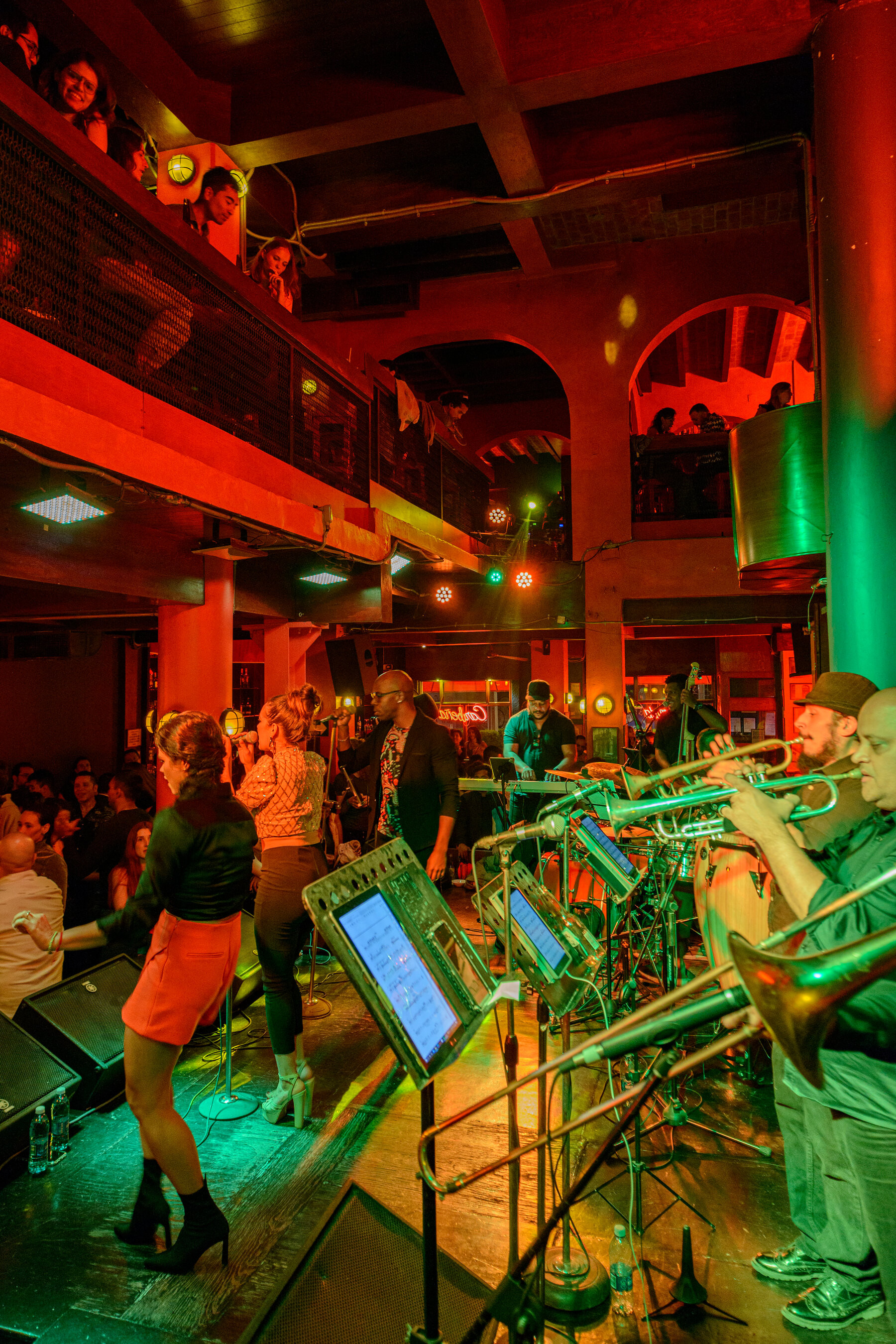 People enjoying craft beer at Monstruo de Agua tasting room in Condesa, Mexico City.
People enjoying craft beer at Monstruo de Agua tasting room in Condesa, Mexico City.
7:00 PM: Craft Beer Tasting and Roma-Style Dinner
Craft beers have conquered Mexico City. Local brewery Monstruo de Agua has opened a bright, plant-filled tasting room in the Condesa neighborhood. Order a small tasting jar (from 45 pesos) of a stout flavored with fig and sugarcane, or perhaps a white IPA made with agave syrup. Pair your beer with esquite criollo (100 pesos), a sophisticated version of a classic street food. Nearby in Roma, Meroma offers an intimate dining experience with traditional ingredients accented by unexpected touches, like quail marinated in harissa (dinner for two without wine costs approximately 2,000 pesos). For wine lovers, Vigneron, a Roma neighborhood bar and restaurant, features small producers from France, Spain, Mexico, and Italy (glasses start at 185 pesos). Remember to check the current time in Mexico City to ensure you arrive at these establishments during their operating hours.
 People enjoying craft beer at Monstruo de Agua tasting room in Condesa, Mexico City.
People enjoying craft beer at Monstruo de Agua tasting room in Condesa, Mexico City.
10:00 PM: Salsa Rhythms
Mama Rumba, an unpretentious salsa club in the Roma neighborhood, has been in the same location for three decades and remains true to its winning formula. Expert dancers and novices are welcome to move their hips and spin to Charanga One, the house Cuban orchestra. A DJ warms up before the musicians take the stage at 11:00 PM. Arrive early to practice a bit and grab a table to cool off with a mojito or margarita (110 pesos) between dance sets. If you’re shy, sit upstairs and watch the musicians and dancers from the balcony. Admission is 120 pesos. The vibrant nightlife here continues late into the night, reflecting the lively pace of Mexico City time.
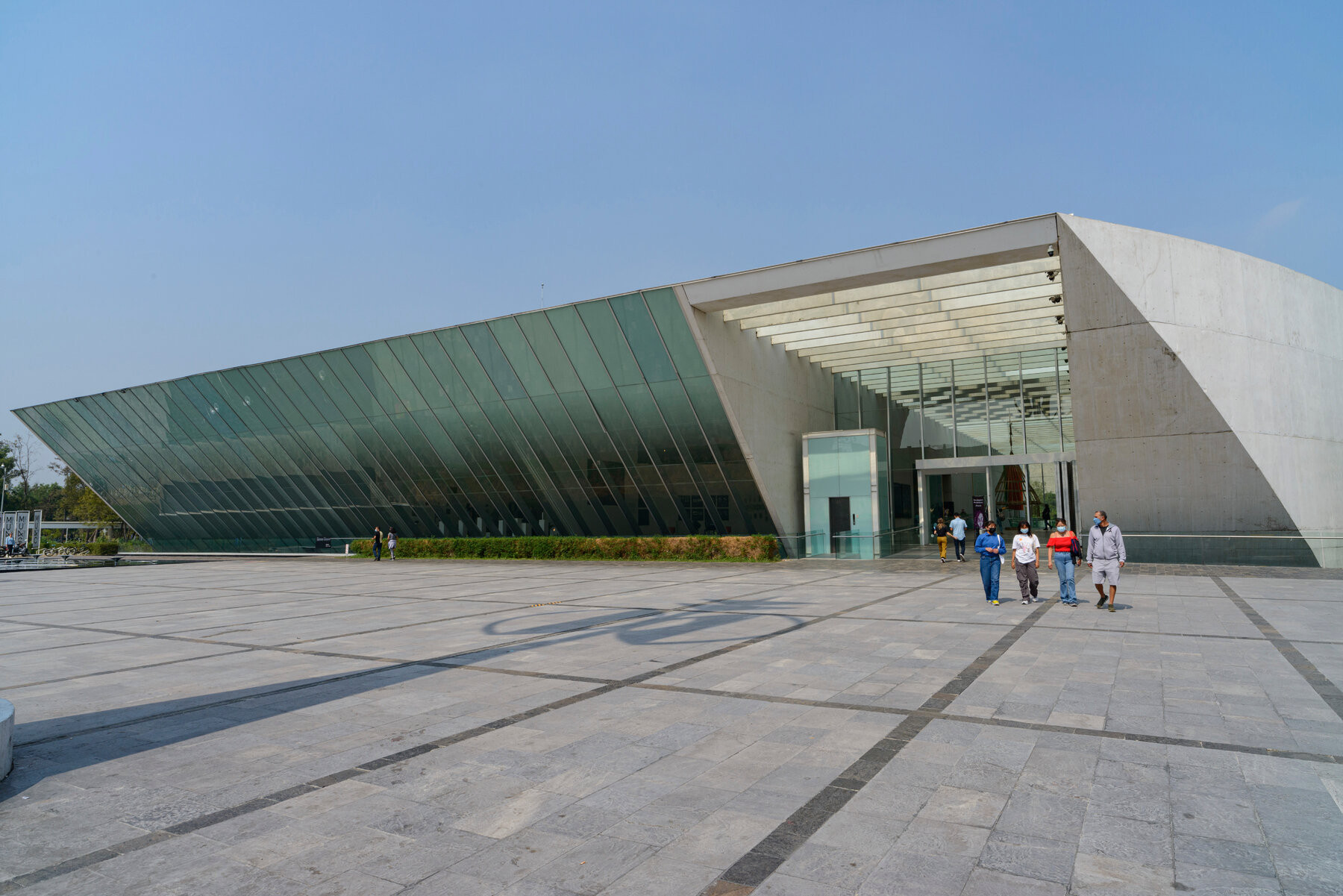 Exterior of Museo Universitario de Arte Contemporáneo (MUAC) in Mexico City.
Exterior of Museo Universitario de Arte Contemporáneo (MUAC) in Mexico City.
Saturday
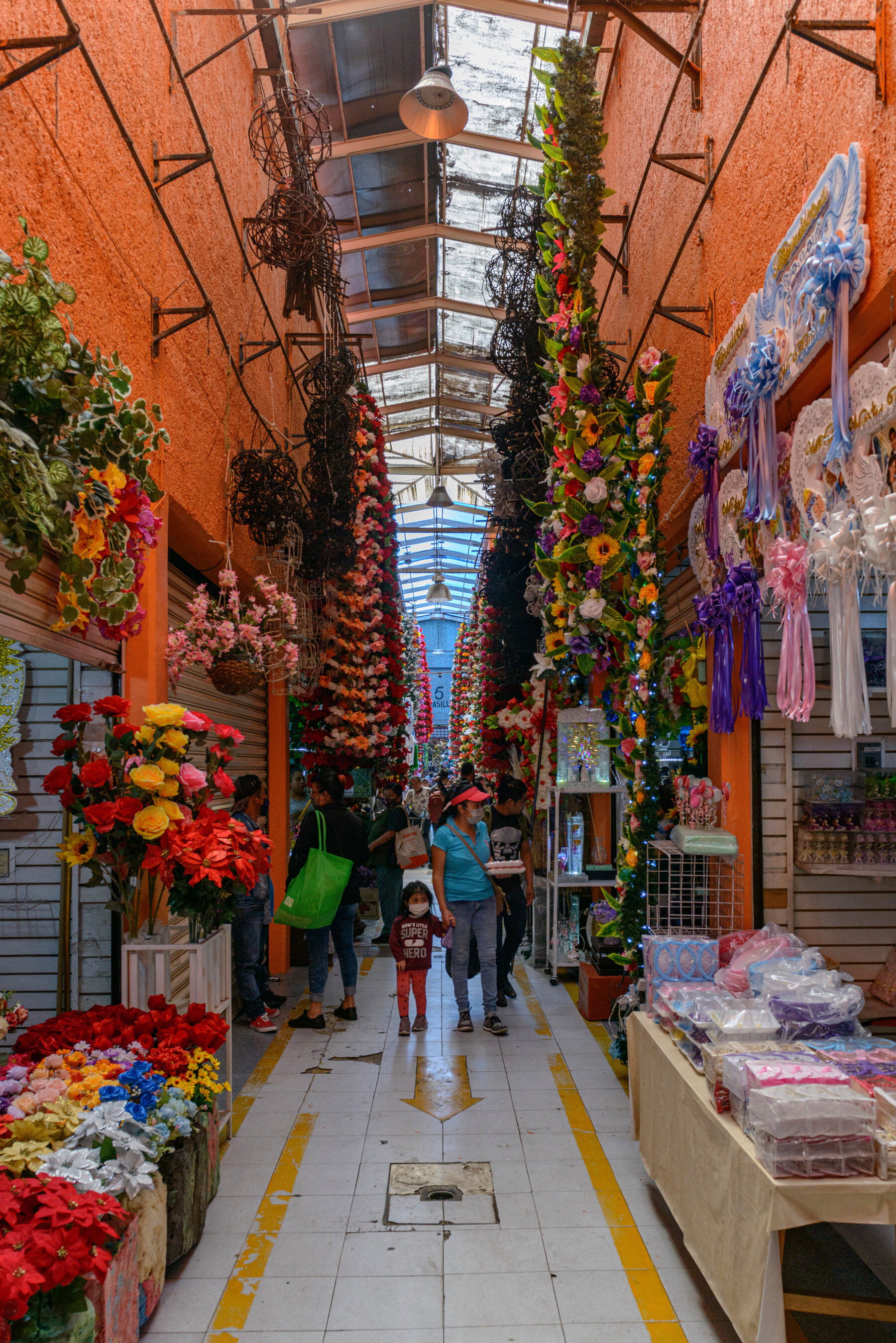 La Merced Market stalls with colorful produce and goods in Mexico City.
La Merced Market stalls with colorful produce and goods in Mexico City.
9:30 AM: Visit Mexico’s Oldest Market
Spend the day in the Centro Histórico, starting at La Merced, a market dating back to the Aztecs. It’s intimidating in size and insularity. Street crime is a concern, so go with a guide who knows its passages and vendors. Eat Mexico offers a 3.5-hour food tour in English ($99 USD). At Señora Edith’s stall, try pre-Hispanic specialties: chapulines (grasshoppers) and chicatana ants, as well as tiny freshwater fish and acociles, crustaceans endemic to Mexico’s lakes and rivers. Señora Balbina offers her sophisticated mole poblano and pipián in a blue corn tamal. The tour ends at Roldán 37, a traditional Mexican restaurant that was once a warehouse for dehydrating chilies. Other English-language tours: photojournalist Keith Dannemiller leads photo tours of various neighborhoods ($130 USD for half a day), and writer David Lida designs custom tours ($135 to $300 USD). Starting your day early, according to Mexico City time, is ideal for exploring bustling markets like La Merced.
 La Merced Market stalls with colorful produce and goods in Mexico City.
La Merced Market stalls with colorful produce and goods in Mexico City.
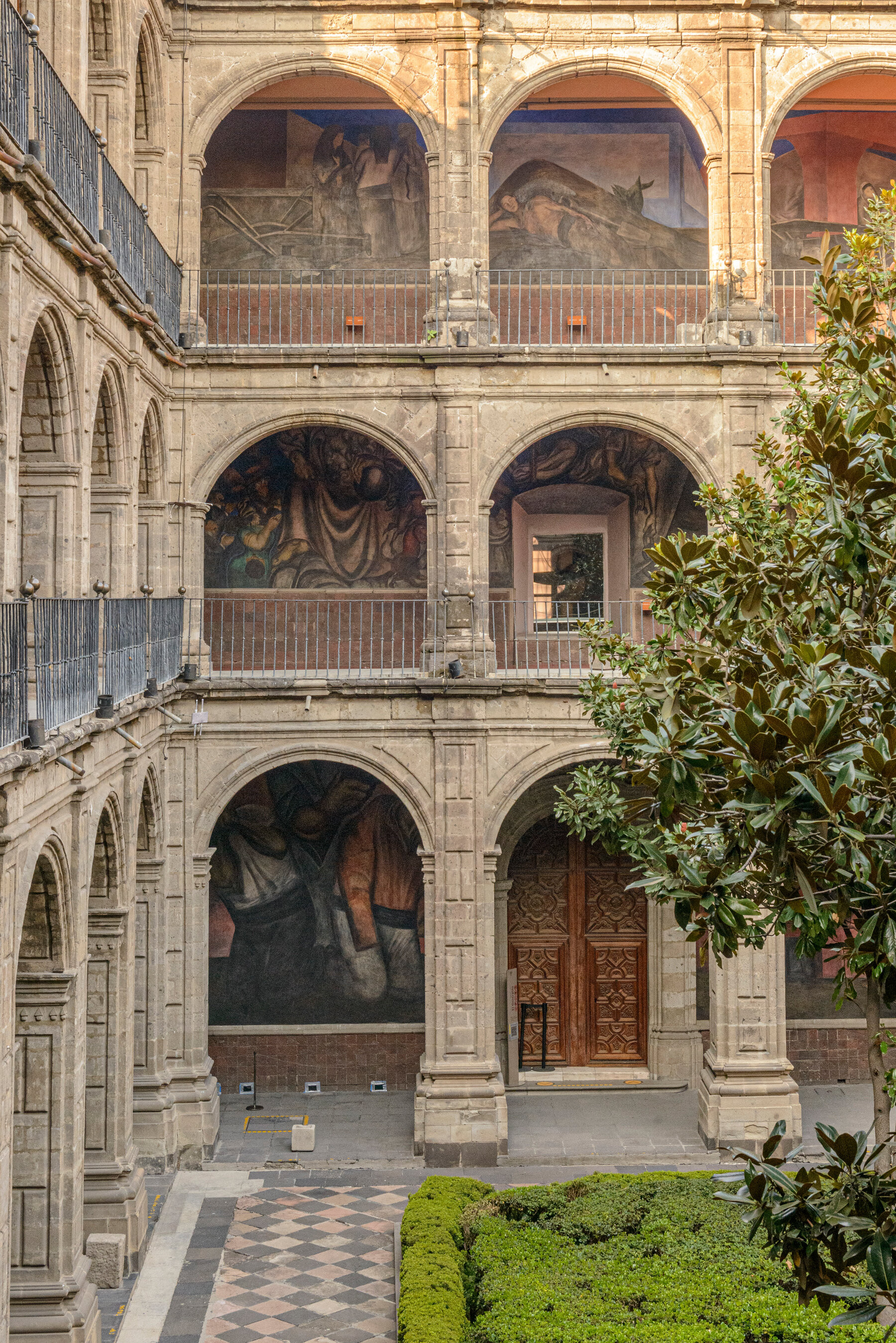 José Clemente Orozco murals at the Antiguo Colegio de San Ildefonso in Mexico City.
José Clemente Orozco murals at the Antiguo Colegio de San Ildefonso in Mexico City.
2:00 PM: Seek Out Hidden Murals
The murals at the Abelardo L. Rodríguez market, a few minutes’ walk northwest of the massive Zócalo, the main square, were painted by Diego Rivera’s students, including Marion and Grace Greenwood, two sisters from New York. The sisters’ murals, depicting the exploitation of farmworkers and miners, are imbued with passion for social justice and are located along the staircase and on the first-floor landing in the market’s northeast corner. On the same landing is Isamu Noguchi’s nearly 72-foot-long cement and brick mural, “History as Seen from Mexico in 1936.” Nearby, at the baroque Antiguo Colegio de San Ildefonso, you can see early examples of the century-old Mexican muralist movement. José Clemente Orozco’s frescoes cover three floors on the main courtyard’s north side, capturing the anguish and hope of post-revolutionary Mexico (admission is 50 pesos). Take your time exploring these artistic treasures, keeping in mind Mexico City time as you move between locations.
 José Clemente Orozco murals at the Antiguo Colegio de San Ildefonso in Mexico City.
José Clemente Orozco murals at the Antiguo Colegio de San Ildefonso in Mexico City.
4:00 PM: Explore Mexican Art
Two recently opened 18th-century venues house collections of Mexican art, one in the Centro Histórico and another nearby. The Museo Foro Valparaíso, in a former palace now owned by a bank, includes colonial portraits, including one of writer Sor Juana Inés de la Cruz painted after her death in 1695, 19th-century landscapes, and images of iconic Mexican figures. The 20th-century galleries house Diego Rivera’s “Calla Lily Vendor” from 1942 and paintings by surrealist painters Remedios Varo and Leonora Carrington (admission is free). A short drive away is the Museo Kaluz, exhibiting a private collection within the renovated Antiguo Hospicio de Santo Tomás de Villanueva. The thematically organized exhibition creates a dialogue between old Mexican painting and 20th-century interpretations (admission is 60 pesos for Mexicans, and 90 pesos for foreigners). Allocate sufficient time to appreciate these museums, considering the opening and closing times in Mexico City.
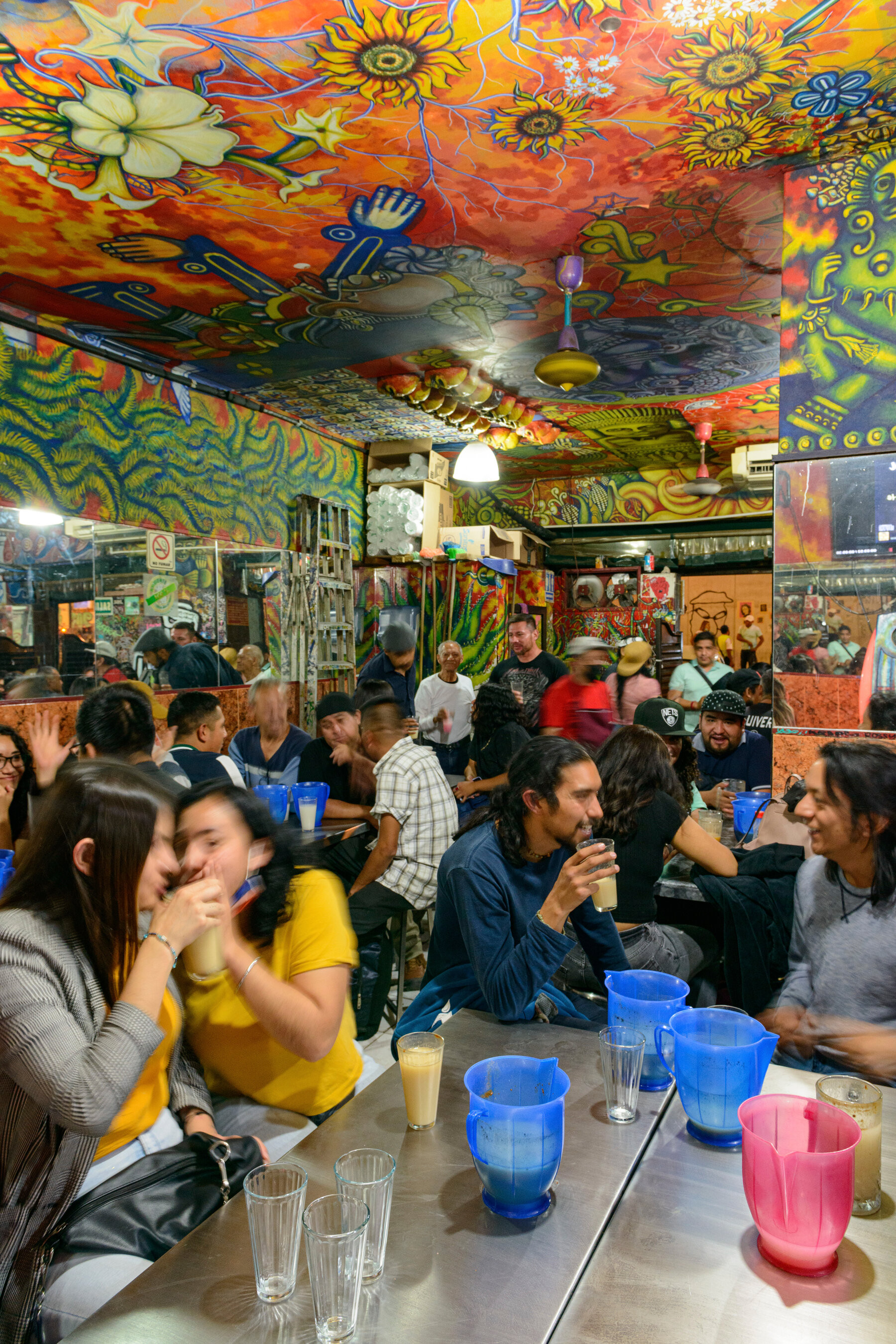 Patrons enjoying pulque at Pulquería Las Duelistas in Mexico City.
Patrons enjoying pulque at Pulquería Las Duelistas in Mexico City.
6:00 PM: Pulque or Mezcal Tasting
Explore a trio of bars near the south side of Alameda Park. At Pulquería Las Duelistas, tourists and locals gather to drink pulque, the pre-Hispanic beverage of fermented agave sap (be warned of its viscous consistency) that has become an acquired taste for the hipster crowd (a glass of plain white pulque is 15 pesos; curados flavored with oatmeal, celery, or guava are 30 pesos). A short distance away is Tío Pepe, a traditional cantina on the edge of Chinatown, where booths with red vinyl seats, the murmur of conversations, and old photographs invite you to linger and peruse the voluminous drinks list. Bósforo is a mezcalería hidden behind red curtains and steel doors with no sign, but everyone knows where it is. It opens at 7:00 PM. Timing is key for enjoying the nightlife, so be sure to note the Mexico City time for bar openings.
 Patrons enjoying pulque at Pulquería Las Duelistas in Mexico City.
Patrons enjoying pulque at Pulquería Las Duelistas in Mexico City.
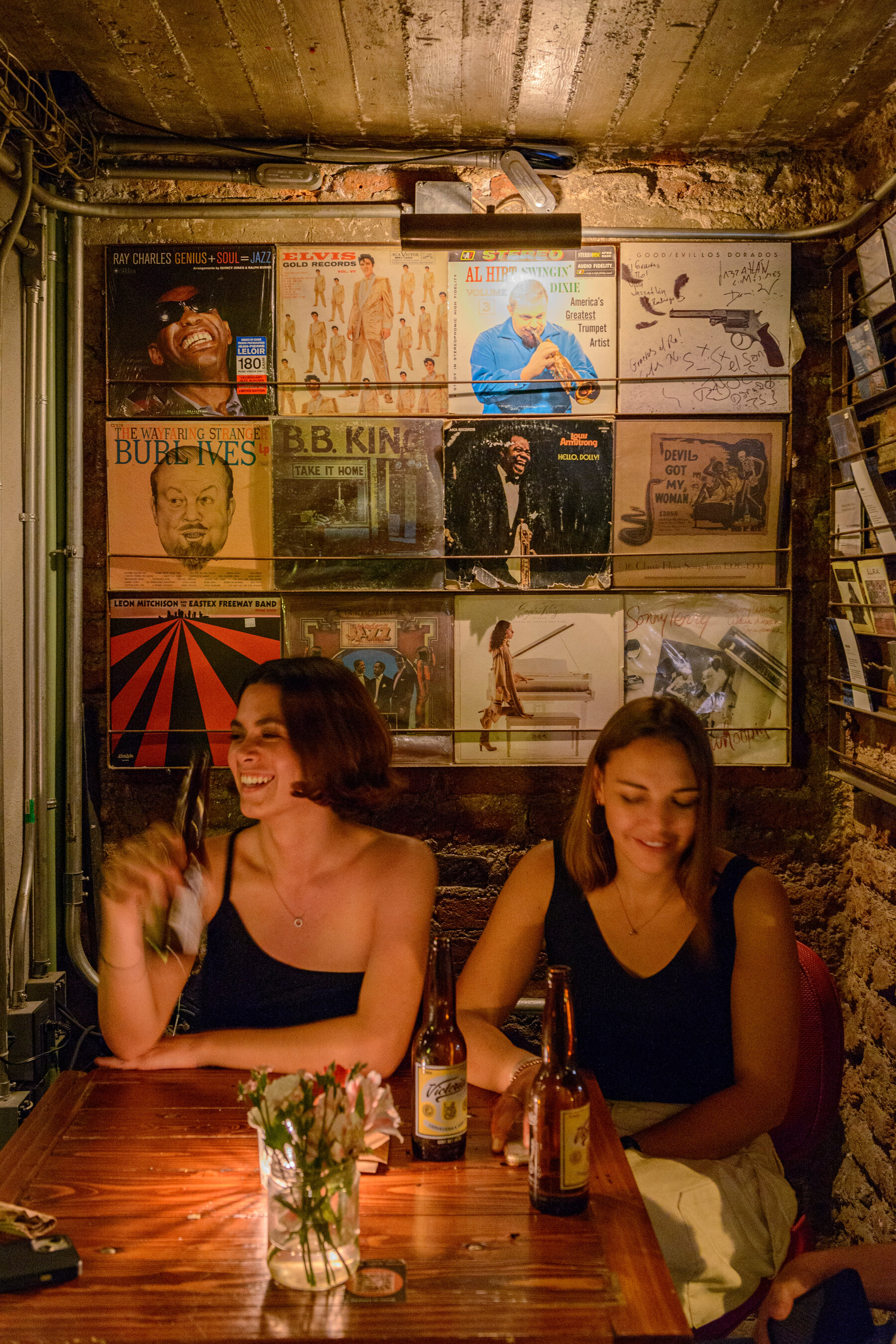 Live jazz performance at Jazzatlán Capital in Roma Norte, Mexico City.
Live jazz performance at Jazzatlán Capital in Roma Norte, Mexico City.
8:30 PM: Explore Juárez for Dinner
After the bustle of the Centro Histórico, head to the Juárez neighborhood for a relaxed dinner at Amaya. Unlike some of the noisier flagship restaurants in the city’s creative culinary scene found in Roma, Amaya is a place where locals take their time drinking wine and conversing. It’s chef Jair Téllez’s second restaurant in the city (the first is Merotoro), and his idiosyncratic take on Baja California-style Mediterranean cuisine is consistently excellent. The varied sharing menu, emphasizing local and seasonal ingredients, includes fish ceviche tostada with fried squid, gnocchi with beef ragu, and braised lamb with roasted vegetables. The high-ceilinged dining room is decorated with a colorful mural and colored tiles. The restaurant serves natural wines, which Téllez imports himself. Dinner for two without wine may cost around 1,700 pesos. Dinner reservations are recommended, especially during peak dining hours in Mexico City time.
 Live jazz performance at Jazzatlán Capital in Roma Norte, Mexico City.
Live jazz performance at Jazzatlán Capital in Roma Norte, Mexico City.
10:30 PM: Listen to Live Jazz
In a city that seems to resonate with the rhythm of Latin music, live jazz used to be hard to find. But that has improved. At the spacious Parker & Lenox bar in the Juárez neighborhood, with its dim lighting, comfortable seating, and original cocktails (170 to 240 pesos), you can immerse yourself in the music in front of the stage or just enjoy the vibe from the back (cover charge up to 200 pesos, reservations recommended). Jazzatlán Capital in the Roma neighborhood is a smaller space that attracts a knowledgeable crowd for a music-focused evening in an intimate setting (cover can be up to 400 pesos, reservations necessary). Enjoy the late-night jazz scene, embracing the vibrant nightlife that Mexico City time offers.
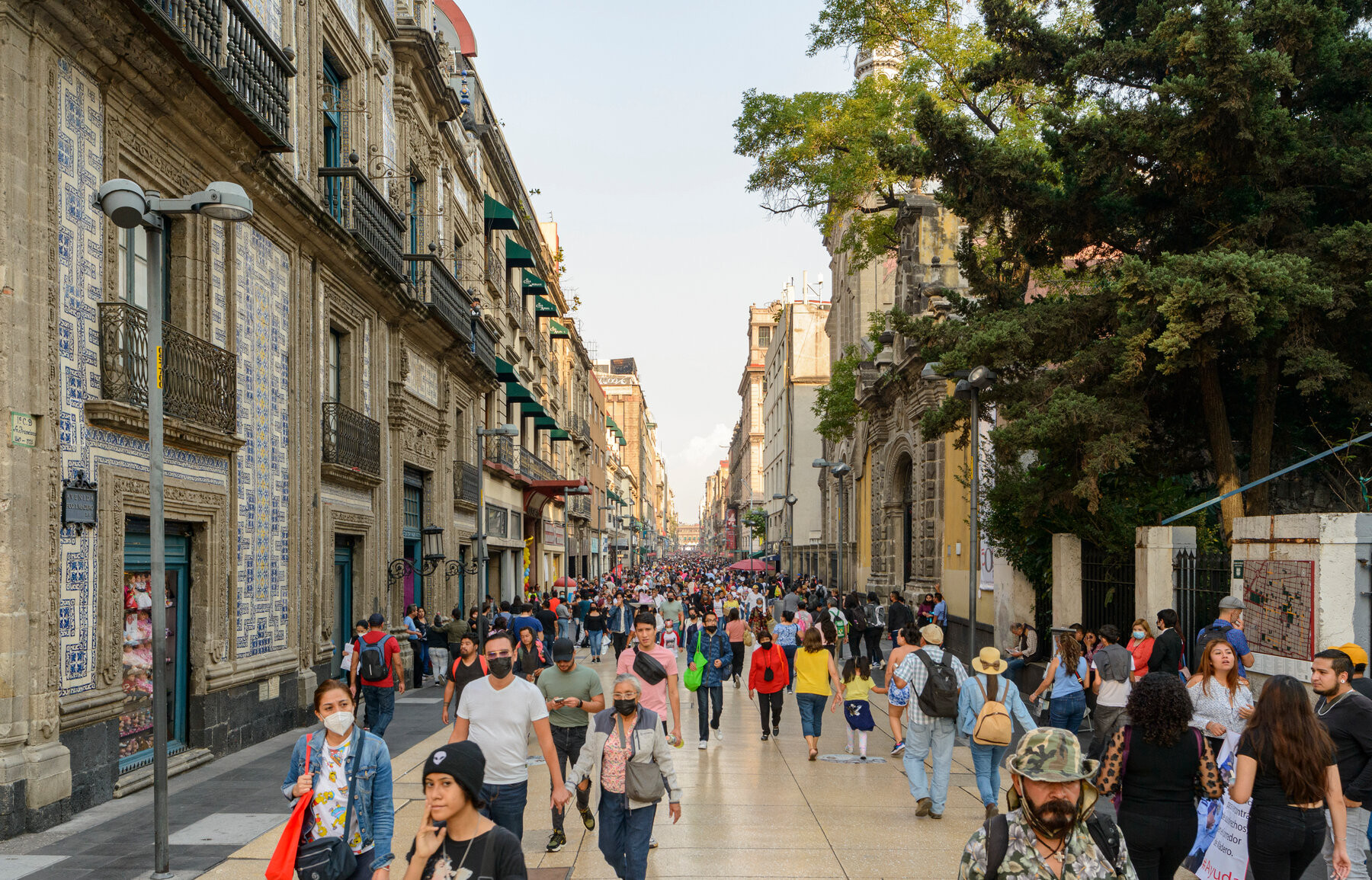 View of Centro Histórico, Mexico City, showcasing historical buildings and bustling street life.
View of Centro Histórico, Mexico City, showcasing historical buildings and bustling street life.
Sunday
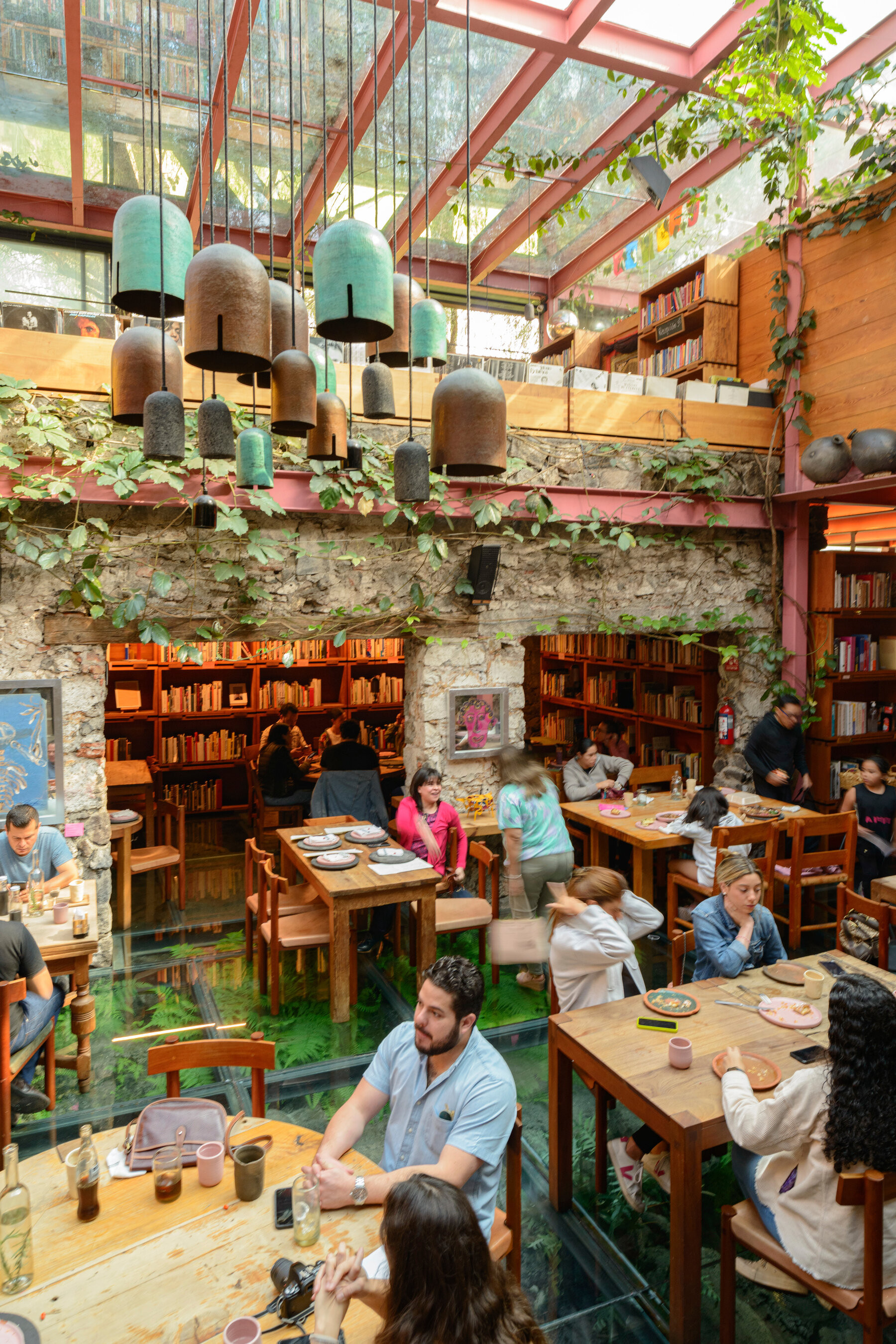 Exterior of Tetetlán cultural center and Casa Pedregal in Jardines del Pedregal, Mexico City.
Exterior of Tetetlán cultural center and Casa Pedregal in Jardines del Pedregal, Mexico City.
10:00 AM: Breakfast with Barragán
Head south for breakfast at the Tetetlán cultural center in the Pedregal neighborhood. Opened five years ago to complement the restoration of a private home, Casa Pedregal, designed in the late 1940s by the great Mexican architect Luis Barragán. Built around the volcanic stone walls of the house’s original stables, Tetetlán is an art and architecture book library, exhibition space, shop, and restaurant. Breakfast options include chilaquiles (fried corn tortillas in salsa) and scrambled eggs with escamoles (crispy ant larvae, 295 pesos). Many of the products come from chinampas (or floating gardens) located along the vestiges of Aztec canals in the southern Xochimilco area. English-language tours of Casa Pedregal must be booked in advance by email (500 pesos for Mexicans, 800 pesos for foreigners). Starting your Sunday with a leisurely breakfast, according to Mexico City time, is a perfect way to begin the day.
 Exterior of Tetetlán cultural center and Casa Pedregal in Jardines del Pedregal, Mexico City.
Exterior of Tetetlán cultural center and Casa Pedregal in Jardines del Pedregal, Mexico City.
12:00 PM: Explore a Museum That Challenges Art Boundaries
A short drive away is the Museo Universitario de Arte Contemporáneo, known as MUAC, which hosts exhibitions from around the world, curates its own shows, and collects works by contemporary Mexican artists. Works by the innovative French artist Ben Vautier will be on display until April 2023, and an exhibition of Latin American activist art and interventions opens on November 26 and runs until May 2023 (admission 40 pesos). The museum is located in a striking glass building with a sloping facade designed by the Mexican architect Teodoro González de León, who died in 2016, on the campus of the National Autonomous University of Mexico. The gigantic university complex is itself a UNESCO World Heritage site, recognized for its combination of mid-20th-century modernist architecture and pre-Hispanic iconography, especially in its central library. Check the Mexico City time for museum hours to maximize your visit before heading to the airport or your next destination.
